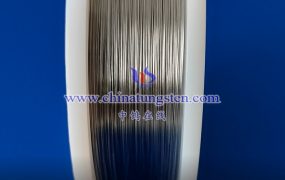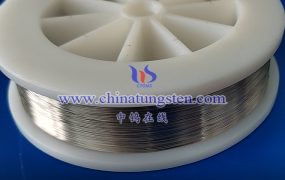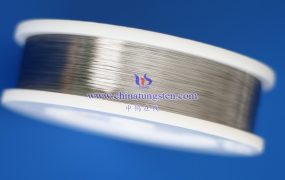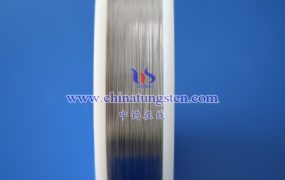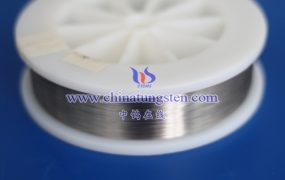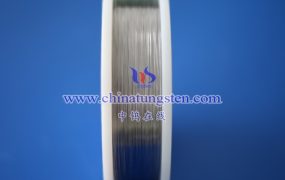The bending performance of tungsten wire is the result of a comprehensive consideration of multiple factors. The following is a detailed analysis of its bending performance:
- Bending strength
The bending strength of tungsten wire mainly depends on multiple factors such as its diameter, length, purity and shape. Generally speaking, the bending strength of tungsten wire is in the range of 2~3GPa. Specifically:
Diameter: The bending strength of tungsten wire is inversely proportional to its diameter, that is, the thinner the tungsten wire, the greater the bending strength.
Length: The bending strength of tungsten wire decreases with increasing length.
Purity: The higher the purity of tungsten wire, the higher the bending strength.
Shape: The shape of tungsten wire also affects its bending strength. For example, the bending method and bending radius of tungsten wire will affect its bending strength. Generally speaking, the bending strength of tungsten wire will be higher under weak curvature bending.
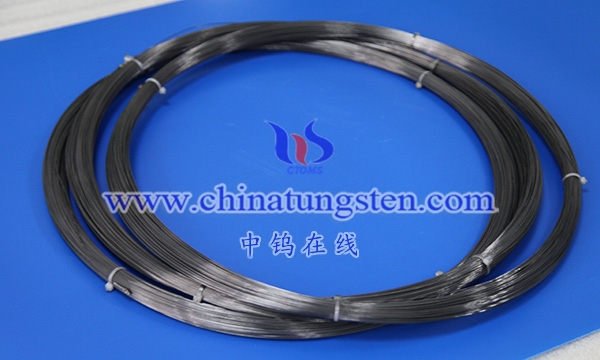
- Bending radius
The minimum bending radius of tungsten wire for braiding also depends on its diameter, hardness and specific application conditions. Usually, the minimum bending radius can be estimated according to the empirical formula: minimum bending radius = n × tungsten wire diameter, where n is a constant, usually between 2 and 10. This constant depends on the hardness and ductility of the material. If the tungsten wire is harder and smaller in diameter, n may take a larger value (such as 610) to prevent the tungsten wire from breaking during bending; if the tungsten wire is relatively soft and larger in diameter, n may take a smaller value (such as 25).
- Bending method
To bend the tungsten wire, you need to master the appropriate method. The following are several common tungsten wire bending methods:
Choose the right pliers: When operating the tungsten wire, you need to choose a pair of pliers with sufficient grip to clamp the tungsten wire to prevent the tungsten wire from slipping or sliding during the bending process.
Adjust the bending angle: Before bending the tungsten wire, you need to adjust the bending angle according to specific needs. For irregular angles, you can use the waist twisting method to control it.
Moderate heating: You can use an electric stove or an open flame oven to moderately heat the tungsten wire to make it soft and easier to bend. But you need to pay attention to the control of the temperature to avoid the tungsten wire being overheated and deformed.
Using the upper arm and lower arm method: The power of the upper arm and lower arm can be used to bend the tungsten wire into the required curve. When using this bending method, a strong and adjustable chuck pliers is required to fix the tungsten wire.
Using the palm method: The tungsten wire can be evenly pressed to both sides by the power of the hand, so that it can be bent into the required angle. This method is suitable for bending relatively thin and chip-type tungsten wires.
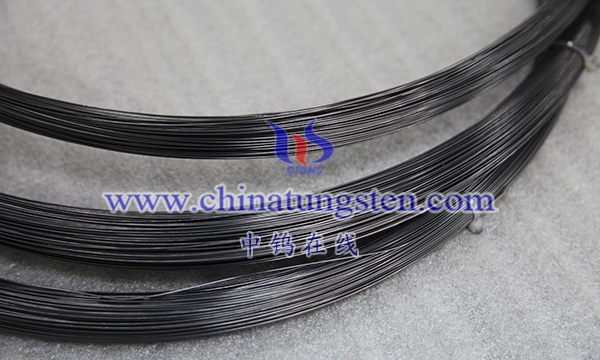
Using the tool method: You can use tools such as pipe clamps and pliers to clamp the tungsten wire and bend it into the desired shape by the power of the tool. The advantage of this method is that it can reduce the consumption of hand strength.
- Influencing factors
The bending performance of tungsten wire may also be affected by the following factors:
Material organization: The uneven organization of tungsten wire material may cause it to deform or break during the bending process. This is usually caused by irregular manufacturing process or poor raw material quality.
Mechanical stress: Tungsten wire will be affected by various mechanical stresses during manufacturing, processing and use, such as stretching, twisting, etc. These stresses may cause the tungsten wire to deform or break.
More details of tungsten wires, please visit website: http://tungsten.com.cn/tungsten-wires.html
Please contact CHINATUNGSTEN for inquiry and order of tungsten needles:
Email: sales@chinatungsten.com
Tel.: +86 592 5129595
